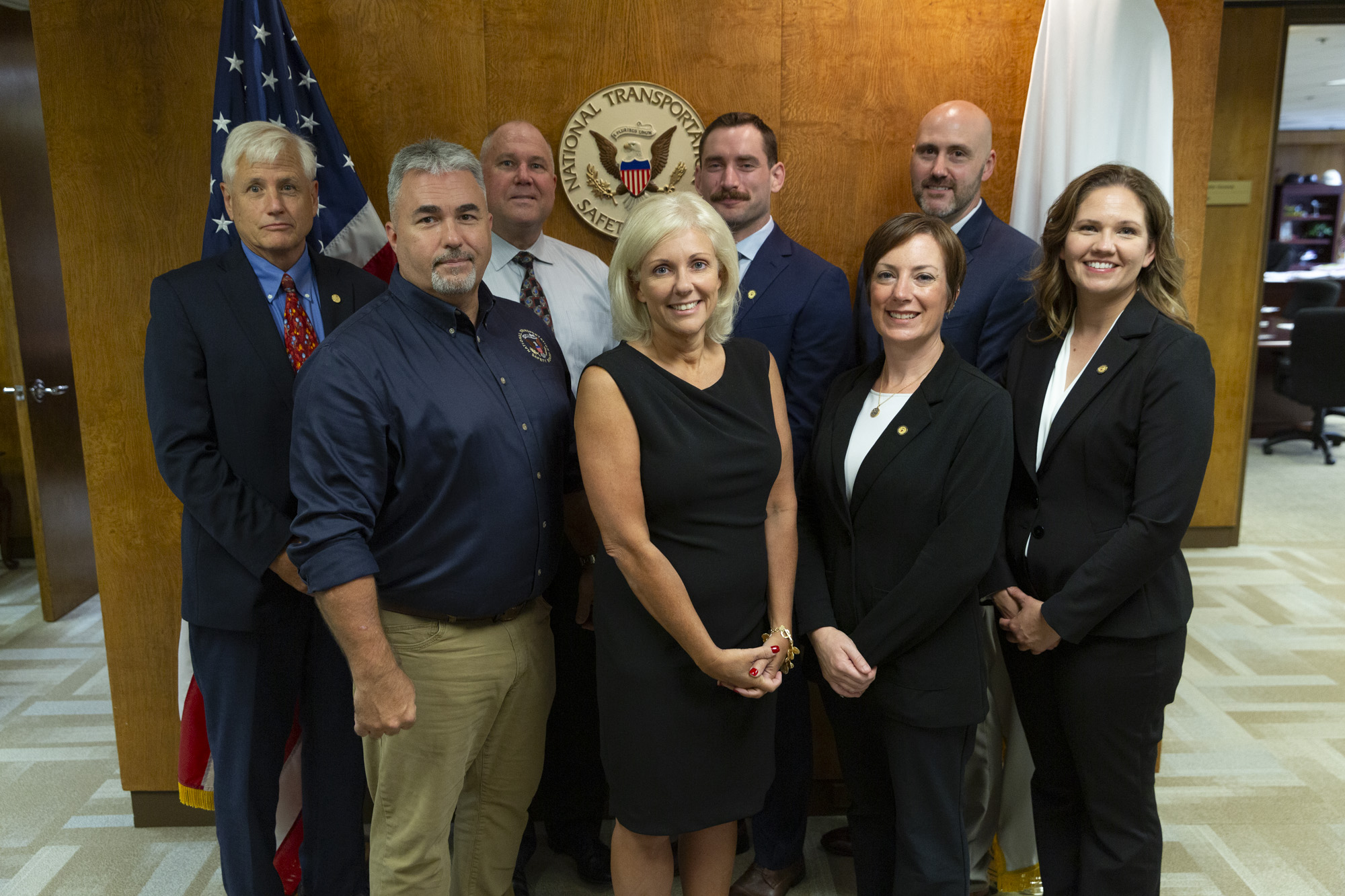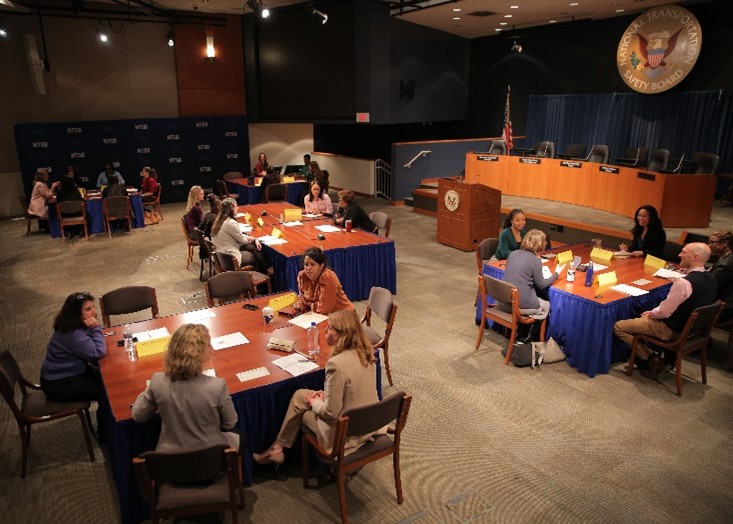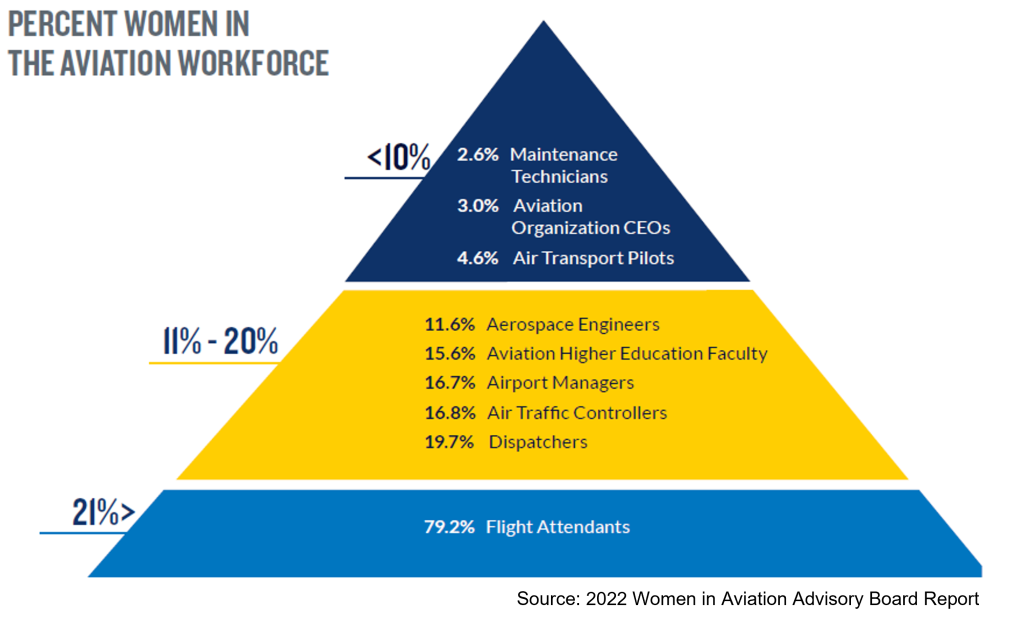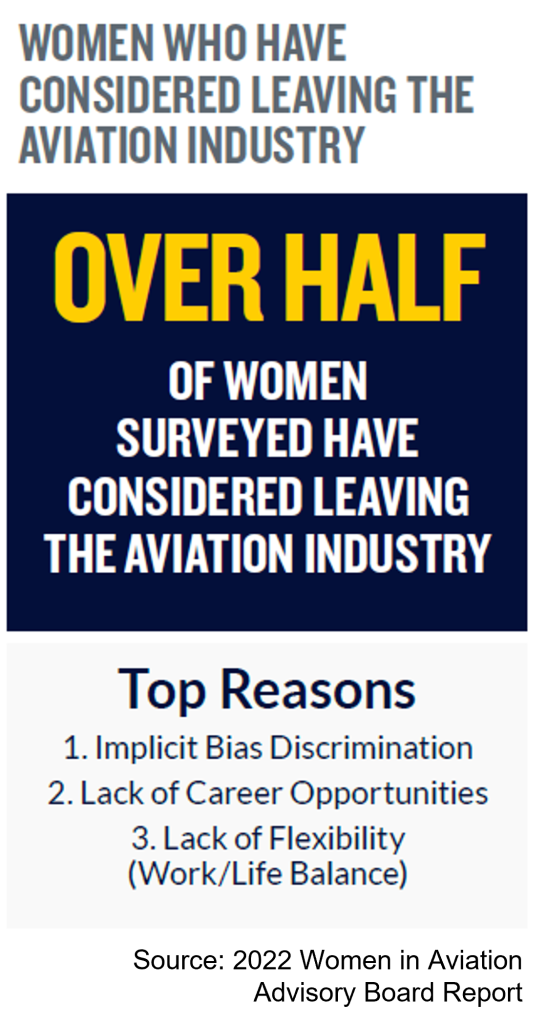By Paul Stancil, NTSB Senior Hazardous Materials Accident Investigator
I wonder what Don Ross, the Transportation Safety Board of Canada (TSB) investigator-in-charge, might have said to commemorate the 10th anniversary of the train derailment that occurred in Lac‑Mégantic, Quebec: a tragedy that claimed 47 lives, forced about 2,000 people to evacuate, and destroyed 40 buildings and 53 vehicles. It was my somber privilege to lead a team of NTSB investigators to that devastating accident scene to assist the TSB.
Sadly, Don passed in 2019. But I am certain that he would have expressed gratitude for the dedication and personal sacrifices of his team members who, despite the massive scale of the task before them, organized quickly to get the job done. And I know he’d talk about how the appreciation and trust offered by families of the victims kept them going.
I wish I were visiting the accident scene with my friend Don to reflect on the enormous impact of this event. I’d tell him that he and his team didn’t just set the standard for how investigations of this magnitude should be done; the lessons they uncovered are still saving lives across Canada and the United States.

What Happened
The events that led to this derailment began on July 5, 2013, at 10:50 p.m. local time, when Montreal, Maine & Atlantic Railway (MMA) freight train MMA-002 enroute from Montréal, Quebec, to Saint John, New Brunswick, Canada, via Brownville Junction, Maine, came to rest at a crew change point near Nantes, Quebec. The track had a descending grade toward the town of Lac-Mégantic. The train was carrying volatile Bakken petroleum crude oil, a flammable liquid, that originated from New Town, North Dakota, destined for an oil refinery in Saint John, New Brunswick. The train was composed of five head-end locomotives, a special‑purpose caboose equipped to remotely control the locomotives, one loaded boxcar used as a buffer car, and 72 DOT-111 general service tank cars.
The train was operated by a single locomotive engineer, who left the lead locomotive idling after setting hand brakes on the locomotive consist and buffer car (seven cars in total). The locomotive engineer reported to the MMA rail traffic controller located in Bangor, Maine, that he had experienced mechanical difficulty with the lead locomotive throughout the trip and excessive smoke was coming from the engine. The engineer and rail traffic controller agreed the condition would likely settle on its own and the performance issues could be dealt with the next morning. The locomotive engineer then departed the area, leaving the idling lead locomotive and train unattended on the mainline track.
About 11:40 p.m., a local resident reported a fire on the idling locomotive. The fire department responded, and the MMA dispatched an employee to assist the fire department personnel. About midnight, the responders activated the emergency fuel cut-off switch to shut down the locomotive and extinguished the fire. The fire department and MMA personnel then departed the location, leaving the train unattended.
With no locomotive running, the air in the train’s brake system slowly began to deplete, resulting in a reduction in the retarding force holding the train in place. Shortly before 1:00 a.m. on July 6, 2013, the unattended train started to move, and it gathered speed, rolling uncontrolled for 7.2 miles down the descending grade into Lac‑Mégantic. The train reached a speed of about 65 mph as it entered the center of Lac‑Mégantic, where 63 loaded crude oil tank cars derailed on a curve and caught fire.
To this day, the Lac-Mégantic derailment remains the worst dangerous goods railroading disaster in Canadian history. At least 60 of the 63 derailed DOT-111 tank cars released about 1.6 million gallons of crude oil. Some of the spilled oil ignited immediately and engulfed the derailed tank cars, resulting in cascading fires and explosions. More than 26,000 gallons of the released crude oil entered Mégantic Lake and the Chaudière River. The fire wasn’t extinguished until around noon on July 7, 2013.
Rail Car Safety at the Forefront
I was preparing for an NTSB investigative hearing on another derailment with hazardous material release when I first learned about Lac‑Mégantic. Before we knew the details, I found myself hoping that the Lac-Mégantic train was not composed of many DOT-111 tank cars.
Based on our own experience with train derailments going back to the 1990s, my NTSB colleagues and I knew that this type of tank car performed poorly in an accident. Between 2007 and 2012, alone, there were several derailments with major flammable liquids releases and fires involving DOT-111 tank cars.
- New Brighton, Pennsylvania: 23 derailed DOT-111 cars lost over 485,000 gallons of denatured ethanol on October 20, 2006.
- Cherry Valley, Illinois: 19 DOT-111 tank cars carrying ethanol derailed on June 19, 2009, killing one person and injuring seven others who were stopped in automobiles at a grade crossing. We concluded that enhanced tank head and shell puncture-resistance systems such as head shields, tank jackets, and increased shell thicknesses could have significantly reduced the severity of the accident.
- Arcadia, Ohio: 33 derailed DOT-111 tank cars released about 786,000 gallons of ethanol on February 6, 2011.
- Tiskilwa, Illinois: 10 DOT-111 tank cars derailed, resulting in fire, energetic rupture of several tank cars, and the release of 162,000 gallons of ethanol on October 7, 2011.
- Columbus, Ohio: Three derailed DOT-111 tank cars released about 53,000 gallons of ethanol on July 11, 2012; one of the derailed tank cars experienced energetic rupture.
- Plevna, Montana: Five of 18 derailed DOT-111 tank cars carrying ethanol caught fire on August 5, 2012, resulting in explosions.
Sadly, the degree of urgency for immediate regulatory action following these accidents was not commensurate with the potential for harm.
Recognizing the growing problem, however, the Association of American Railroads (AAR) Tank Car Committee had begun an effort in July 2009 to improve the accident survivability of DOT-111 tank cars transporting petroleum crude oil, ethanol, and ethanol/gasoline mixtures. Thus, in the absence of any new federal regulatory requirements, builders began producing new “CPC-1232” tank cars that used thicker steel for greater tank head and shell strength.
Several days after the Lac-Mégantic derailment, our worst fears at the NTSB were confirmed: all 63 of the derailed tank cars were DOT‑111s.
An Incredible Partnership
Given our history of safety recommendations citing safety deficiencies in DOT-111 tank cars and our newly acquired ability to laser scan tank cars, the TSB soon reached out to the NTSB to assist in its investigation. That is how I came to lead a team of five NTSB investigators to Lac-Mégantic, where we helped examine the derailed tank cars. A sixth NTSB investigator deployed to the oil shipment’s point of origin in North Dakota.
As a result of our collaborative examination of the derailed tank cars, we found that the train was solely composed of “legacy” DOT‑111s that incorporated basic 1950s technology for general service. The TSB determined that 94% of the derailed cars were breached in some way. Further, more than half of the shell-breaching damages were equal in size to the car’s diameter, which resulted in massive instant loss of product.

During this investigation, we also discovered that railroads were not required to conduct analyses to ensure safe transport routes for flammable liquids, a requirement that did apply to other high-hazard materials.
Because the MMA had not ensured response resources would be available to remove a potential crude oil discharge of this size, Canadian authorities were left to complete the cleanup. We found a loophole in US federal regulations that established a comprehensive oil spill response planning threshold for a single tank size that was greater than any currently in use. In other words, had this derailment occurred in the United States, the rail carrier’s lack of oil-spill planning would have required the federal government to initiate removal actions using the Oil Spill Liability Trust Fund to pay for the costs.
Finally, the shipper in North Dakota had incorrectly classified the crude oil as a Packing Group III material, meaning it presented the lowest degree of danger in transportation. However, TSB’s testing found that the crude oil should have been assigned to the more hazardous Packing Group II. Not only could misclassification affect the type of tank car used to ship the hazardous material; it also could have affected other safety provisions, such as outage requirements, operational controls, and safety and security planning for the train. The misclassification also could have hampered emergency responders’ ability to correctly understand the hazards associated with a shipment.
Impact on Tank Car Design
In January 2014, the TSB and the NTSB, in unprecedented action, jointly issued safety recommendations to remedy deficiencies that impacted the safety of rail operations both in Canada and the United States. Our recommendations were coordinated in recognition of the cross-border nature of hazardous materials rail shipments. This approach proved to be a call to action for improving the safety of operating freight trains that later came to be known as high-hazard flammable trains. Our combined voice was also beneficial for eliminating confusion about what had to be done.
Within 2 months of the Lac-Mégantic accident, the Pipeline and Hazardous Materials Safety Administration (PHMSA) addressed four of our safety recommendations dealing with improving tank car standards and improving the availability of hazardous materials information to emergency responders.[1] Other freight rail safety improvements soon followed.
- January 2014: Transport Canada proposes a new standard for DOT-111 tank cars that included thicker steel, top fittings protection, and head shields.
- April 2014: Transport Canada orders the least crash-resistant DOT-111 tank cars removed from service; the NTSB holds a Rail Safety Forum on the Transportation of Crude Oil and Ethanol in response to the 16 significant derailments in the United States and Canada which, combined, were responsible for 48 deaths and 281 derailed DOT-111 tank cars that released 2.8 million gallons of crude oil and 2 million gallons of ethanol.
- August 2014: Citing Lac-Mégantic as justification, PHMSA considers a new specification DOT-117 tank car, which, among other things, would be required to have a thicker shell than the CPC-1232 tank car, full head shields, and tank jackets with thermal protection system.[2]
- Early 2015: A spate of fiery derailments fuels public outcry over so-called “bomb trains.”
- April 2015: the NTSB recommends that all new and existing tank cars used to transport flammable liquids be equipped with thermal protection systems and appropriately sized pressure relief devices. We also recommended an aggressive milestone schedule for replacement or retrofitting legacy DOT-111 and CPC-1232 tank cars and a publicly available reporting system for its progress.
- May 2015: PHMSA imposes restrictions on high-hazard flammable trains, ensures proper classification of unrefined petroleum products, and codifies new tank car design standards for DOT-117 tank cars. Transport Canada harmonizes Canadian regulations to reflect the new tank car design standards.
- December 2015: President Obama signs the Fixing America’s Surface Transportation Act of 2015 (FAST Act) into law, which instructs the Secretary of Transportation to make specific regulatory amendments to tank car design standards and establishes a phase-out schedule.
- August 2016: PHMSA codifies the FAST Act mandates by requiring newly manufactured DOT-117 and retrofitted tank cars meeting DOT specification 117R to be equipped with a thermal protection blanket and top fittings protection.
The Work Ahead
According to the latest AAR figures, more than 92,900 tank cars in the North American fleet meet DOT-117 specifications, while about 33,600 total DOT-111 and CPC-1232 tank cars remain to be retrofitted or phased out of flammable liquids service.[3]
As we have watched the flammable liquids fleet transition away from DOT-111 tank cars in recent years, there have been fewer derailments of high-hazard flammable trains. Although declining accident numbers could certainly be due to a significant decrease in petroleum crude oil shipments since 2014, a steady volume of ethanol continues to fill between 300,000 and 400,000 carloads per year.
However, thanks in large part to increased puncture resistance, service equipment protection, and thermal protection systems, there has not been a single death or serious injury, nor a single instance of energetic fireball release or boiling liquid expanding vapor explosion (BLEVE) involving a derailed specification DOT-117 tank car transporting flammable liquids. The Lac-Mégantic investigation has remained the cornerstone for these safety improvements.
Nevertheless, there continue to be incidents and near-misses; more work is needed to improve rail tank car safety. For example, recent derailments have revealed vulnerabilities in the thermal performance of gasket materials, hinged and bolted manways, and service equipment. This includes the following four derailments with hazmat release that the NTSB is currently investigating:
- The January 8, 2022, derailment of a high-hazard flammable train in Oklaunion, Texas, in which 28 derailed DOT-117J tank cars released almost 602,000 gallons of ethanol, largely due thermal damage of manway gaskets and other service equipment.
- The February 3, 2023, train derailment with hazardous material release and fires that occurred in East Palestine, Ohio, in which a mixed freight train derailed 11 tank cars carrying hazardous materials, including three DOT-111 tank cars that were punctured and released flammable and combustible materials that ignited. The resulting thermal damage to other tank cars carrying vinyl chloride prompted a controversial vent-and-burn action that released toxic combustion products into the surrounding community.
- The March 30, 2023, derailment of a mixed freight train in Raymond, Minnesota, including 10 DOT-117J tank cars carrying ethanol, some of which was released from two punctured tank cars and ignited and caused thermal damage to manway gaskets in other tank cars.
- The June 24, 2023, freight train derailment in Reed Point, Montana, in which nine DOT-111 tank cars carrying hazardous materials derailed from a bridge and came to rest in the Yellowstone River, where they released molten sulfur and asphalt petroleum liquid into the river.
Thinking back on those lost in the Lac-Mégantic tragedy, I can’t help but remember something Don once told me: “I think it is fair to say that no one can be fully prepared for this.” That may be true, yet Don and the TSB team more than rose to meet the occasion. And we are all safer for it.
[1] Safety Recommendations R-12-5, R-12-6, R-12-7, and R-07-4 (reiterated).
[2] 79 Federal Register 45016 (August 1, 2014)
[3] North American Flammable Liquid Tank Car Fleet: Status Report, 4th Quarter 2022, (Association of American Railroads, April 2023).











